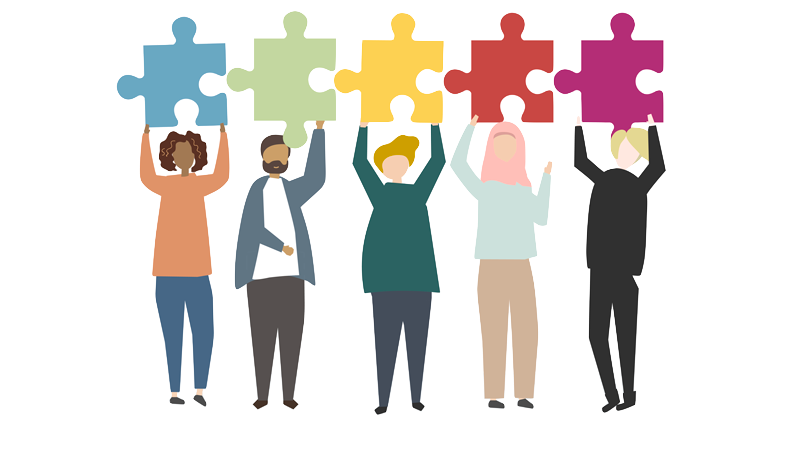In June 2012 I was fortunate to have the opportunity to put the model on display at Agile Coach Camp 2012. Several great people reviewed the model and provided their insights and thoughts. The end result was for me to receive several great ideas and in the month since Coach Camp I’ve been working to evolve the model. So for those who were at Agile Coach Camp 2012 in Ottawa and are interested … here’s the next version of the model!
Thanks to the feedback at Coach Camp I’ve changed the tenant “Flow” to “People”. When I reflected on the feedback I received I came to realize I simply had the wrong tenant. People are one of the most important things in our world, and I don’t know why I would have excluded them from the original model.
In today’s world there are assessments available for almost anything. Most of these assessments are far too detailed and come with high costs. Organizations who are trying to improve their results find themselves paying a lot of money for marginal results. They pay big money, take a lot of time, cost a lot of money and deliver big reports identifying minute details of how they’re performing. I’ve seen organizations then respond to these assessment results by creating large scale projects in attempts to change how they work. The ironic thing is by the time they complete the changes, the world has shifted and they need to change again. These high priced assessments often miss the mark as the very approach is too slow! Completing the assessment, compiling the results and getting everyone to agree can take weeks if not months! The assessment itself encourages an organization to behave in a waterfall like manner which may be one of the underlying problems to poor performance.
My preference is to practice what I preach! Rather than taking a waterfall approach to an assessment I am building this model following the practices of Lean Startup. Do the least amount of work possible to prove a hypothesis. So rather than a big assessment taking weeks lets do something quick! The goal is to spend no more than 1-2 days evaluating, share the results, and start the improvement activities immediately! Then repeat the cycle to continue the improvements. Before you know it you’ll find your teams iterating and improving on their own!
The Model
 The model has two layers. The first being the three tenants of the model which provide the focus areas for improvement. Within each of the tenants there are several components which measure and guide the areas of the greatest opportunity for improvement. As a result of the Agile Coach camp I came to realize there were also several principles which overly the entire model.
The model has two layers. The first being the three tenants of the model which provide the focus areas for improvement. Within each of the tenants there are several components which measure and guide the areas of the greatest opportunity for improvement. As a result of the Agile Coach camp I came to realize there were also several principles which overly the entire model.
Principles
There are four principles to the model which overly all of the tenants. These items really don’t belong in any one of the tenants, and as such I started to realize they were likely overlying principles:
- Quality – does the team focus on problems or symptoms, process or product?
- Satisfaction – given people produce the best results when they’re satisfied with the environment they are in!
- “People” vs “resources” – If a PMO looks at people as resources there is likely a deep underlying problem
- Pressures from business risks, costs and schedules – These are the reality of today’s business world so we cannot ignore them no matter how difficult they may be
Tenants
-
People
- Ownership – Empowered vs Disempowered
- Leadership style – Servant vs Master
- Task Assignment – Single vs Multiple
-
Product
- Change Management – Respond vs Control
- Achievement Focus – Customer vs Project
- Product Definition – Learned vs Defined
-
Process
- Collaboration – Inclusive vs Exclusive
- Process – Evolving vs Established
- Improving – On going vs Once
There it is. My Lean PMO model will be a work in progress with each contact I make. I’m looking forward to applying it again in my next engagement!

